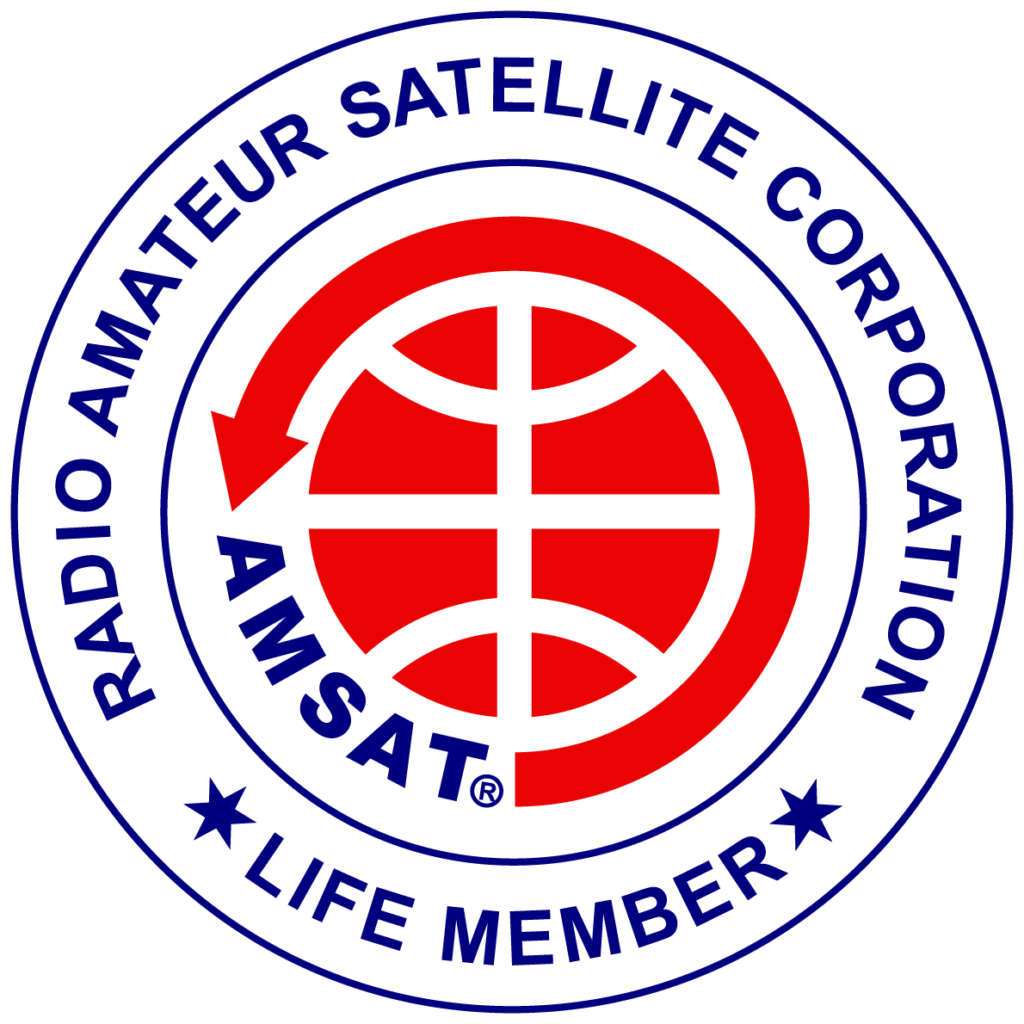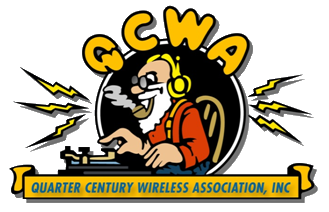The makers of the new LiFePO4 batteries recognized a market in replacing traditional Sealed Lead Acid (SLA) batteries. With a little help from some built-in electronics, they offer a technology that packs 30% more energy into the same form factor as a traditional 7 AH SLA battery at half the weight. With a life of 1000 to 2000 charge/discharge cycles to a much greater depth (80% vs. 50%), one LiFePO4 battery will replace about 10 SLA batteries, at a lower total cost — reducing the amount of waste at the landfill (LiFePO4 contains no hazardous material).
A LiFePO4 battery has an almost flat discharge voltage over during its 80% discharge cycle. Given the higher energy density, deeper discharge cycle, and sustained higher voltage, one 10 AH LiFePO4 battery can provide more radio time than TWO 7 AH SLA batteries. So twice the operating time at 1/4 th the weight. A ham’s dream battery! And did I mention that a LiFePO4 battery will hold most of its charge for a year! Beats having to recharge the SLA batteries every month.
Another perk of the LiFePO4 battery, at least the K2B12V10EB, is that you can charge it with folding solar panels and not worry about using a solar charge controller. For example, the Powerfilm F15-1800 30 Watt panel is almost a perfect match for a 10 AH LiFePO4 battery. It provides about 1.8 amps at 15.4 volts when operating under peak conditions. The battery will essentially clamp the panel voltage, and it will slowly rise until the battery is fully charged at 14.6 volts. Battery voltage will continue to rise slowly after that point. If left on the charger for days it is possible that the battery overcharge circuit might kick in, allowing the panel voltage to rise to its maximum open circuit voltage of 21 volts. But according to the application engineer that should not be an issue for the battery. Just be aware that you can’t use a LiFePO4 battery as a “load” to regulate the solar panel voltage. In other words, you don’t want to charge your battery with your radio hooked up at the same time. Of course, if you had a rig like the FT817, which has a built-in voltage meter, you could just observe the charge voltage and remove the panel if the voltage gets above 14.6 volts.









Bob,
So this could work with other LiFePO4 batteries with the built in BMS as well. I could hook up my PowerFilm F15-300 to a smaller (2.5 to 7Ah) Batteryspace pack with BMS.
Thoughts?
Myron – WVØH
Hey Myron,
You bet — you can use the internal BMS to act as a pseudo charge controller — it essentially disconnects the solar panel when the cell is fully charged.
However there is one big “Got-Ya” — You can’t have anything else connected to the battery when you do that. That’s because the battery BMS actually opens up a FET meaning that the solar panel voltage will jump to its maximum open circuit value. That’s typically around 20-22 volts. Such a high voltage would fry any 13.8 volt device also attached to the battery (most of those would die at 16V or greater).
Another possible “Got-Ya” is the battery BMS itself, which might not be rated for higher voltages. I checked with the K2 Energy folks in my case and they approved the application.
So it can work, and I’ve done it in the past, but I’ve just been careful.
For smaller solar panels (like PowerFilm units) you might still want to consider a charge controller like the uber light weight one from BuddiPole (already has Powerpole connectors). I use a MPPT controller for my 100 watt panel as it boosts the available power going to the battery or load by about 20%.
I’m currently looking for a charge controller specifically designed for LiFePO4 batteries. I wasn’t going to use one until I read this thread as LiFePO4 batteries have built in safety, however I would like to charge devices a the same time solar is charging the battery and so not wish to fry my gear. Here’s what I have so far:
Battery and charger:
Battery Tender BTL35A480C Lithium Iron Phosphate Battery and Green Lithium Battery Charger
Charge controller:
olar Power Mart
USB Solar Charge Controller GAMMA 3.0 – 10A for Solar Panel & Battery, 12V 24V PWM Charger with Intelligent Lighting Timer
I have a case for it and the same vendor solar panel as the battery, but the solar panel has one built directly into the panel. I’d like to attach my controller directly to the battery though.
Any suggestions? Thanks!
Hi Zack,
Glad you’ve changed your plan and decided on using a solar charger that will help protect your battery and your equipment. Relying on the internal battery protection means that when the battery is fully charged, there will no longer be any load on the panel, and the input voltage will shoot up to the open circuit voltage of your panel. That might be 22 volts or more. Some battery manufacturers also restrict the maximum voltage that can be put on their charger input as well, and 22 volts might exceed that.
I’m not familiar with the Solar Power Mart charger, but I would be concerned about the automatic battery type detection. Basically the only way to do that is by monitoring voltage (or voltage and current). Its easy for automatic controls to confuse the battery type based on the state of charge — example, a lithium battery that is discharged might be detected as a lead acid. The other thing is that while it mentioned that it will detect Lithium batteries, it does not indicate if it can differentiate between LiFePO4 and LiPo. There is a HUGE difference in those battery types. Finally I would be really concerned with the RF noise output by the PWM controller on such an inexpensive device (although some clamp-on ferrite cores might help that).
My recommendation is to use a charge controller specifically made for your battery chemistry. I think I mentioned the Genasun Controllers before. Pick one for your battery chemistry (like 4 cell LiFePO4). You can find them at substantially less than the list price if you shop around. These have proven to be RF bullet proof in the field (neither sensitive to RF, nor emitting RF), and don’t use consumer grade electronics (caps quickly go bad in consumer electronics, for example). Please see https://genasun.com/products-store/mppt-solar-charge-controllers/mppt-for-lithium-batteries/
Depending on your panel output (I’m assuming 10 amps, but that would be a 200 watt class panel), you might be able to use the 5 amp device which is about half the price. Also you might find other devices that are designed for LiFePO4 batteries.
Good luck!
With a solar controller like the Genasun, would it be ok to attach an ordinary AC/DC adapter (within the specified voltage) in place of a panel for indoor charging, rather than using a purpose-built LiFePO4 AC adapter (without the solar charger)?
Well you could use a DC source to replace the solar panels as long as it was within the limits (pretty wide voltage range). The battery would continue to charge as usual, with the charge controller making sure it didn’t overcharge the battery.
I bought a Viking 12Ah LiFePO4 battery and a thunderbolt magnum 15W 12V solar panel from harbor freight. The ACDC adapter that came with the batter outputs 1amp at 12v. My solar panel outputs 1.25amps at 12v. Would I be able to charge the battery without a charge controller or voltage regulator?
Hi Andy,
It is impossible to tell unless you know what (if any) charge controller is built into the battery. Also you would need to know the maximum voltage output of your solar panel to be sure it didn’t apply too much voltage to the battery when it is fully charged. In my case I had investigated those issues with the battery company and the solar panel company so I knew where I stood. Keep in mind that even if a charge controller is built into the battery, it will go open circuit when fully charged, meaning that the maximum solar panel output voltage will be present on the battery terminals. That may or may not be a problem.
73, Bob, WB4SON
A couple misconceptions in your intro to LiFePo4 battery technology.
The two statements below are from an official Safety Data Sheet from Tracer LiFePo4 batteries:
1) However, if exposed to a fire, added mechanical shocks, decomposed, added electric stress by miss-use, the gas release vent will be operated. The battery cell case will be breached and hazardous materials may be released.
2) Moreover, if heated strongly by the surrounding fire, hydrogen fluorite gas may be emitted.
So yes, LiFePO4 batteries contain hazardous materials.
Secondly, Standard Lead-Acid batteries have just about the longest standing and best track record for recycling of almost any product.
95% of lead-acid batteries at end of life are recycled.
Even the non-lead parts like the casing are recycled!
80% of Standard Lead-Acid batteries SOLD are manufactured from recycled batteries.
So it’s misleading to imply that SLAs end up in landfill.
Thanks – Sam
Sam makes some good points, however the 2nd largest source of lead in municipal land fills, despite excellent recycling program, comes from batteries (#1 is from lead paint), so it is still an issue. I note with horror the number of hams that will sell used SLA batteries (removed from emergency lights and UPS units), which SHOULD have been properly recycled at hamfests. I have NO doubt those SLA batteries, purchased at the end of their useful life, will wind up in landfills as the bargain hunting hams refuse to pay the $5 or $10 recycling fee. And sure, if you combust almost anything, you can expect toxic materials to be released, mostly from the enclosure and PCB materials, so this isn’t unique to LiFePO4. That said, assuming that lead free PCBs are used, LiFePO4 batteries pose little environmental risk. I can’t explain the materials used by Tracer, but Floride is NOT a part of LiFePO4 chemistry (as I mused before, it may well come from the plastic enclosure).